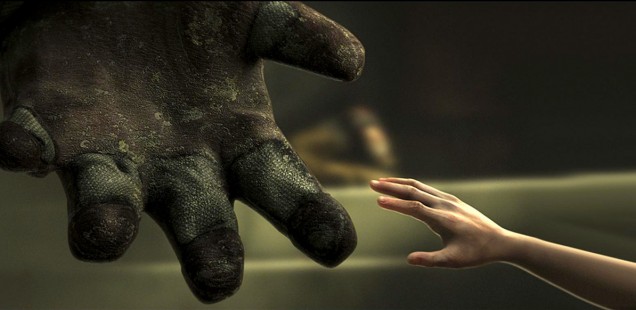
Holding Hands
Trivun Luzaic remembers his old tag-team partners.
The year is 2003, the game is Final Fantasy X. I stare at the collection of spheres in front of me, wondering where to place them. A few erratic guesses later I’ve shifted a block against the wrong wall and have to leave the room and come back to reset the puzzle. After a few more minutes of racking my brain, I finally consult the book lying next to me, and move on past. Cut to this week. I find myself stumped by Silent Hill’s infamous piano puzzle, blindly mashing keys, waiting for some reaction or clue. Then I decide to strum my keyboard instead, and my laptop quickly provides the answer.
We’ve always found ways to circumvent the many stumbling blocks in games, but it’s interesting to note the differences between the past and present when it comes to breaking down difficulty. A decade ago, we were limited to whatever commercial solutions developers (or others) were willing to write. Now we have something far more powerful: the internet, and a massive crowd of people more than happy to provide detailed, piece-by-piece explanations of any game’s elements.
I could open Google right now and learn where every single audio log in Bioshock is located, without even leaving my seat. It was quite another thing to use an actual printed guide, and I should know. There have been many of them in my gaming library over the years, I even once bought a guide to Final Fantasy XII two weeks before I got the game itself, because of those taunting words: Limited Edition.
Some might say that reading up in preparation kills the joy of exploration, but then what of the things I would have never found on my own? The added character details and snippets of world-building that informed, but never dominated my trip, as any good travel guide should. Some even manage to do it in style, Alan Wake’s guide reads like an old Stephen King novel, describing events first and providing instructions only indirectly.
It’s a level of subtlety that has been lost in the transition to amateur FAQs, video walkthroughs and Let’s Plays. They might be much more readily accessible, entertaining even, but have no room for creative expansion of the source material without an official seal of approval to lend them credence. Good walkthrough writing can be an opportunity for multimodal storytelling that the slow death of game manuals has left barren.
Maybe that’s why you can still find walkthroughs in game stores. Or maybe it’s just nostalgia.
Trivun Luzaic is an English graduate of Mathematics and aspiring screenwriter and director. Also currently learning Japanese and beginning his own video game project.